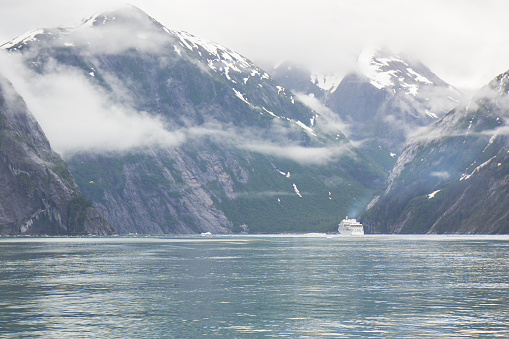 Net wind-electricity generation in Alaska has increased every year since 2012, as utilities and independent power producers are diversifying their electricity portfolio by adding wind projects, according to a report from the U.S. Energy Information Administration (EIA).
Net wind-electricity generation in Alaska has increased every year since 2012, as utilities and independent power producers are diversifying their electricity portfolio by adding wind projects, according to a report from the U.S. Energy Information Administration (EIA).
At the same time, relatively mild winters in Alaska have contributed to declines in electricity generated from petroleum, coal and natural gas.
The state's largest wind project, 24 MW Eva Creek, was commissioned at the end of 2012. Eva Creek was the first wind project to interconnect with the Railbelt, the transmission system that stretches from Fairbanks through Anchorage and into the Kenai Peninsula, and provides electricity to two-thirds of the state's population. The rest of Alaska's population, including the capital city of Juneau, draws electricity from consumer-owned cooperatives that maintain isolated micro-grids in areas throughout the rest of the state.
Despite wind energy's recent gains, there are considerable challenges. For example, the EIA notes that the cost of building transmission lines in Alaska ranges from $200,000 per mile to $2 million per mile because of rough terrain, icy conditions, melting permafrost and a lack of roads to rural and remote communities. In addition, the areas with the best wind potential in Alaska are concentrated along remote stretches of coastline, including along the Aleutian Islands, and offshore, while most of the interior's onshore wind potential is characterized as having fair, low or poor wind-speed conditions.
Remote and rural communities in Alaska often rely on local diesel generators to produce electricity. The high costs associated with petroleum-fired electricity generation contribute to Alaska's high retail electricity rates, which in 2013 were second only to Hawaii. The computed average retail electricity rates exclude roughly one-third of Alaska's population that is not connected to the grid and likely underestimate the prices paid by all end users. Often, the cost of expanding the transmission network to a wider customer base or of transferring Alaska's coastal wind resources to the grid is greater than the cost of relying on petroleum-fired electricity generation.
In some smaller communities that currently lack access to any broader utility grid, distributed wind projects have proven viable. For example, Alaska's first large-scale distributed wind turbines were commissioned in 2009 on Kodiak, an island that relies on an independent grid. After doubling the number of wind turbines and adding 3 MW of energy storage in 2012, the Kodiak Electric Association's 4,000 customers now derive 18% of their electricity from community-scale, distributed wind power and more than 80% from hydroelectricity. The fraction of the city's electricity from petroleum-fired generators has dropped from 20% before 2009 to 0.4% most recently in 2014, according to the report.



